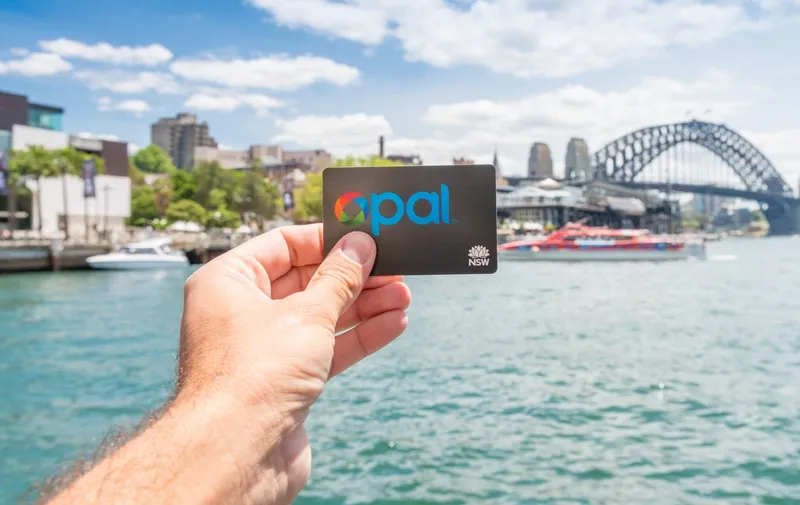New South Wales Minister for Roads and Freight, Duncan Gay, has announced that speed cameras in ten locations across NSW are to be removed as soon as any safety works such as additional signage, barriers and markings and that work has been finished.
Gay said in a statement that the government is keeping to a statement that it made while in opposition, and removing any speed cameras that did not add a proven safety benefit.
The 2014 Speed Camera Review of the state’s cameras indicates that early result
October 3, 2014
Read time: 2 mins
New South Wales Minister for Roads and Freight, Duncan Gay, has announced that speed cameras in ten locations across NSW are to be removed as soon as any safety works such as additional signage, barriers and markings and that work has been finished.
Gay said in a statement that the government is keeping to a statement that it made while in opposition, and removing any speed cameras that did not add a proven safety benefit.
The 2014 Speed Camera Review of the state’s cameras indicates that early results from the red-light speed, mobile speed and point-to-point camera programs show that drivers are changing their behaviour, which overall is resulting in a reduction in crashes and casualties at camera locations and across the road network. It says, however, with less than five years of operation, it is still too early to assess the longer term effectiveness of these new programs, which will require ongoing monitoring of their performance by CRS into the future.
“Today we’ve also released this year’s annual Speed Camera Performance Review which was another NSW Government commitment to ensure we audit all speed cameras annually,” said Gay. “This year’s annual audit has delivered significant results, finding that fixed speed cameras have saved 53 lives and prevented 919 people from being injured in the last five years. We’ve recorded a 90 per cent drop in deaths and a 40 per cent drop in injuries at these sites.”
Gay said in a statement that the government is keeping to a statement that it made while in opposition, and removing any speed cameras that did not add a proven safety benefit.
The 2014 Speed Camera Review of the state’s cameras indicates that early results from the red-light speed, mobile speed and point-to-point camera programs show that drivers are changing their behaviour, which overall is resulting in a reduction in crashes and casualties at camera locations and across the road network. It says, however, with less than five years of operation, it is still too early to assess the longer term effectiveness of these new programs, which will require ongoing monitoring of their performance by CRS into the future.
“Today we’ve also released this year’s annual Speed Camera Performance Review which was another NSW Government commitment to ensure we audit all speed cameras annually,” said Gay. “This year’s annual audit has delivered significant results, finding that fixed speed cameras have saved 53 lives and prevented 919 people from being injured in the last five years. We’ve recorded a 90 per cent drop in deaths and a 40 per cent drop in injuries at these sites.”







